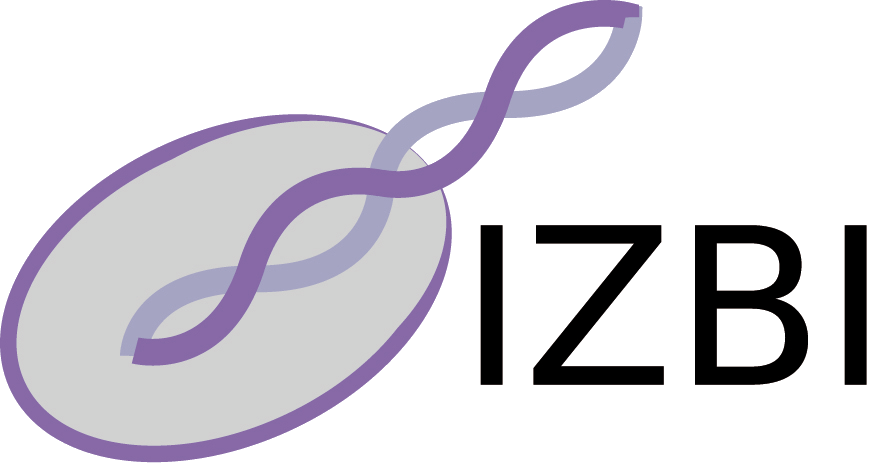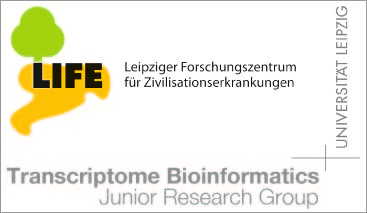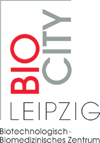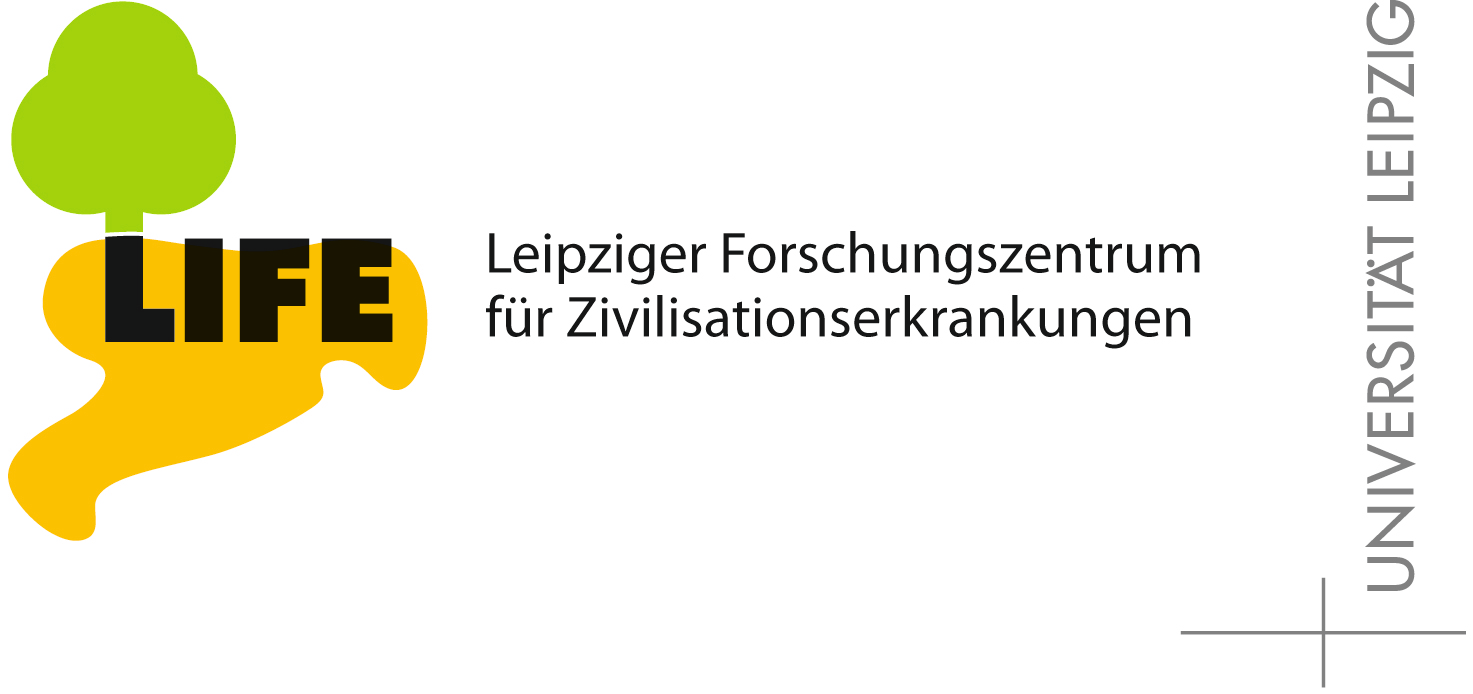Publications - Published papers
Please find below publications of our group. Currently, we list 565 papers. Some of the publications are in collaboration with the group of Sonja Prohaska and are also listed in the publication list for her individual group. Access to published papers ( ) is restricted to our local network and chosen collaborators.
If you have problems accessing electronic information, please let us know:
) is restricted to our local network and chosen collaborators.
If you have problems accessing electronic information, please let us know:
 ) is restricted to our local network and chosen collaborators.
If you have problems accessing electronic information, please let us know:
) is restricted to our local network and chosen collaborators.
If you have problems accessing electronic information, please let us know:©NOTICE: All papers are copyrighted by the authors; If you would like to use all or a portion of any paper, please contact the author.
Structure of transfer RNAs: similarity and variability
Richard Giegé, Frank Jühling, Joern Pütz, Peter Stadler, Claude Sauter, Catherine Florentz
Download
Status: Published
WIREs RNA 2012, 3: 37-61
Abstract
Transfer RNAs (tRNAs) are ancient molecules whose origin goes back to that of life on Earth. They are key partners in the ribosome-translation machinery where they read the genetic information on messenger RNA and deliver codon specified coded amino acids attached on their distal 3'-extremity for peptide bond synthesis on the ribosome. In addition to this universal function, tRNAs participate in a wealth of other biological processes and before being competent undergo intricate maturation events. Our understanding of the tRNA biology was for long mainly phenomenological, but the ongoing progress in structural biology is presently giving a robust physico-chemical basis that explains many facets of tRNA functions. Advanced sequence analysis of tRNA genes and their RNA transcripts inform about rules underlying tRNA 2D folding and 3D L-shaped architecture, as well as about their evolution. The increasing number of X-ray structures of free, protein- and ribosome-bound tRNA, reveal structural details accounting for the identity of the 22 tRNA families (one for each proteinogenic amino acid) and for the multifunctionality of a given family. Importantly, the structural role of post-transcriptional tRNA modifications is being deciphered. On the other hand, the plasticity of tRNA structure during function is amply supported by a variety of observations and technical approaches allowing for dynamical insights. The large range of structural properties not only allows tRNAs to be the key actors of translation, but also sustain a diversity of unrelated functions from which only a few have already been pinpointed. Many surprises can still be expected.















